What does it take to avoid running injuries? Thick cushioned running shoes?
Although there are many factors at work that contribute to running-related injuries, many runners believe thick cushioned running shoes provide the most protection from harm. But, what you wont read in Runners World magazine is a large body of research confirms and re-affirms that the thicker the underfoot cushioning, especially under the heel of a running shoe, the greater the injury-risk when running.
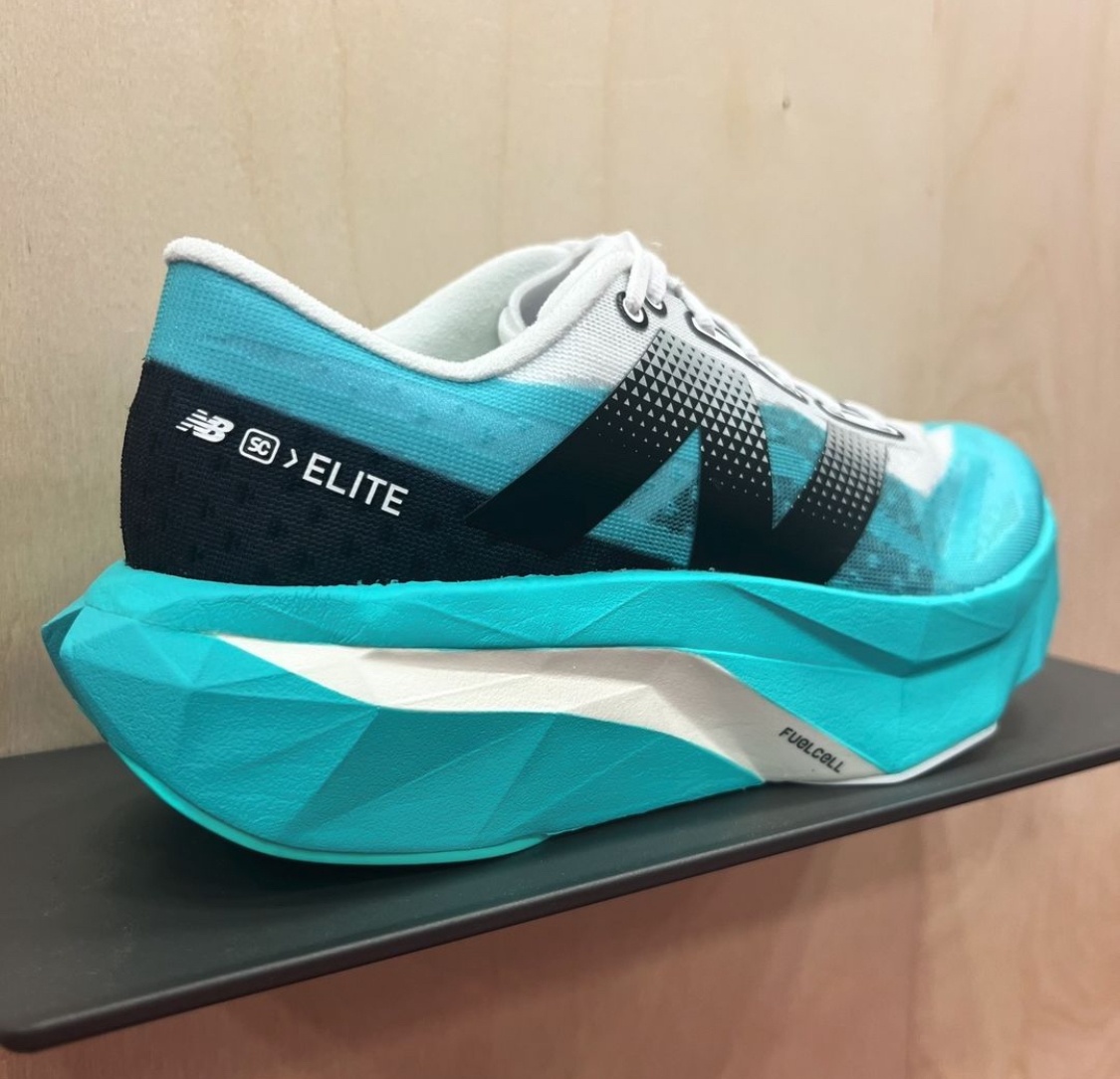
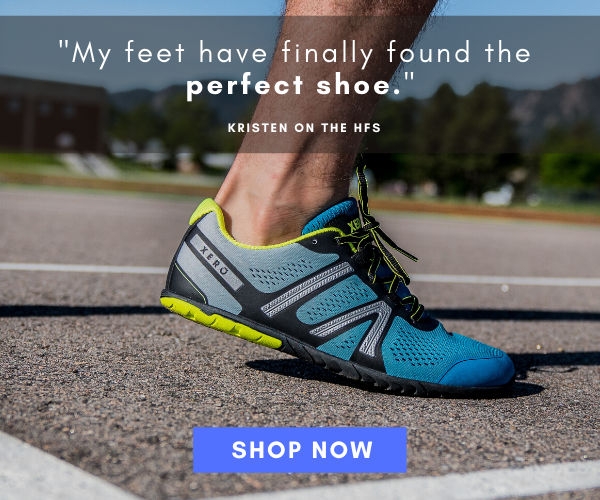
Consistent data shows running shoes with a thick padded heel directly encourages a forceful heel strike landing that produces other stride parameters, like over-striding, a locked-out, unstable knee-joint at landing, increased ground-contact time, over-pronation (force shifts into extreme positions) and decreased step-rate, all of which were found to produce damaging forces linked to most running injuries as compared with forefoot running.
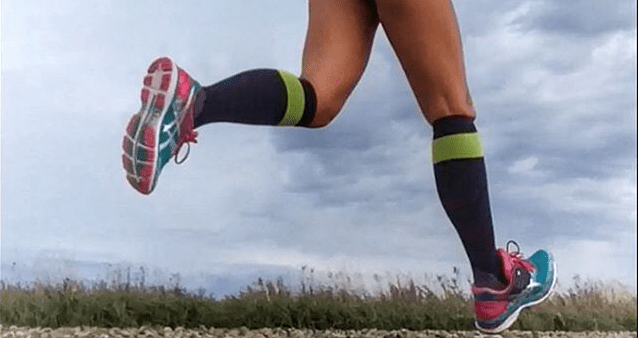
Why is Landing Heel-First (heel striking) During Running a Big Problem?
There are countless links between impact-related injuries, such as long bone injuries, chronic muscular and tendon injuries and heel strike running. But, this is not the case in forefoot running as forefoot striking when running does a better job at keeping your entire stride parameters in a significantly safer range of tolerance that accounts for preventing impacts from rising to injury-inducing levels. Read more on that HERE!
Heel striking (shown below) unleashes a literal fire-storm of impacts where many of these impacts are produced in unusually high amounts that wear-down the shins, knees, hips, and even the lower back (read more HERE on that!) It’s also less economical as it makes your lower leg a sloppy, ineffectual spring that produces sluggish accelerations. This is why heel strike running slows your motor, while increasing your vulnerabilities to injury.
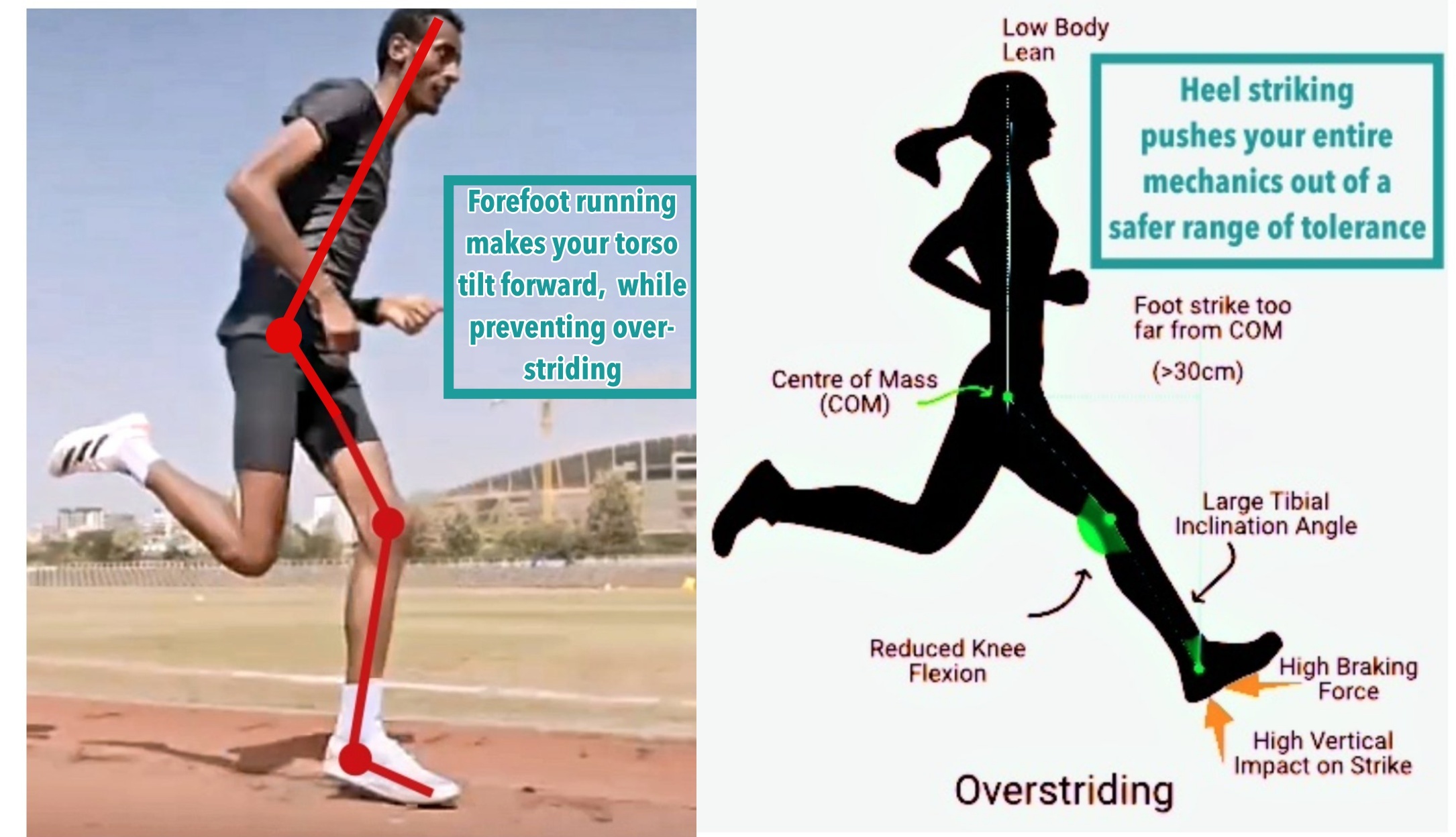
What Makes Cushioned Running Shoes So Injurious?
Lets zero in on all the specifics pertaining to how most cushy running shoes cause reckless mechanics, while reducing the functional use and strength of the feet.
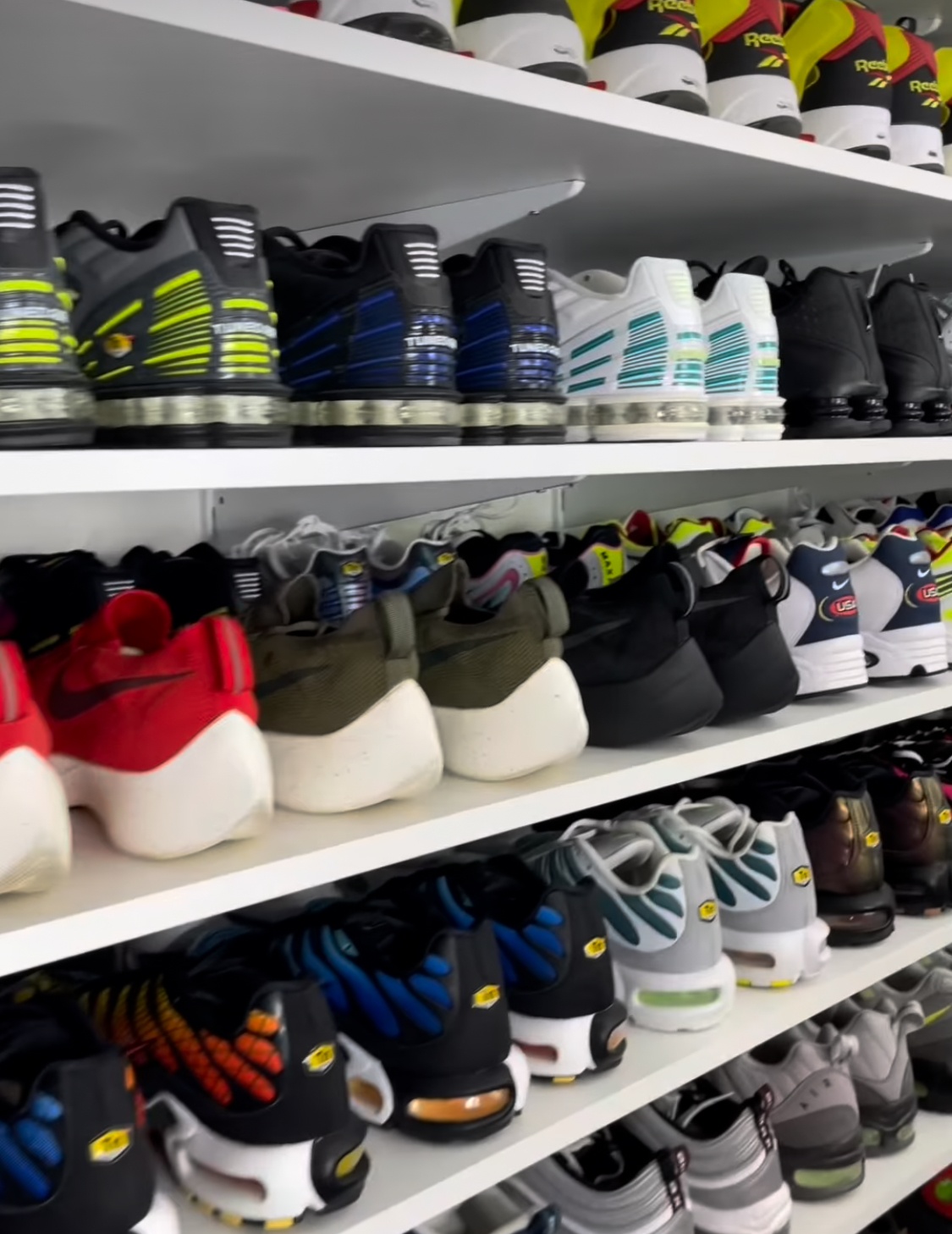
Here are the links to the all the articles proving how the structural components in most standard running shoes damage your injury prevention efforts:
As I just briefly mentioned, cushioned running shoes that are loaded up with the latest gizmos directly cause your running mechanics to have rough and damaging synchrony by negatively altering your foot strike and leg swing mechanics. For instance, one visible difference between runners who run barefoot and runners who run in cushy running shoes with a stacked padded heel is that most shod (shoe) runners land heel-first whereas most barefoot runners make initial ground-contact on the balls of the foot (forefoot strike) during running. To date, the best available primary evidence has found that the scale of impact production and over-stress on the leg when heel strike running in heavily padded running shoes is actually much WORSE than running barefoot with a forefoot strike!
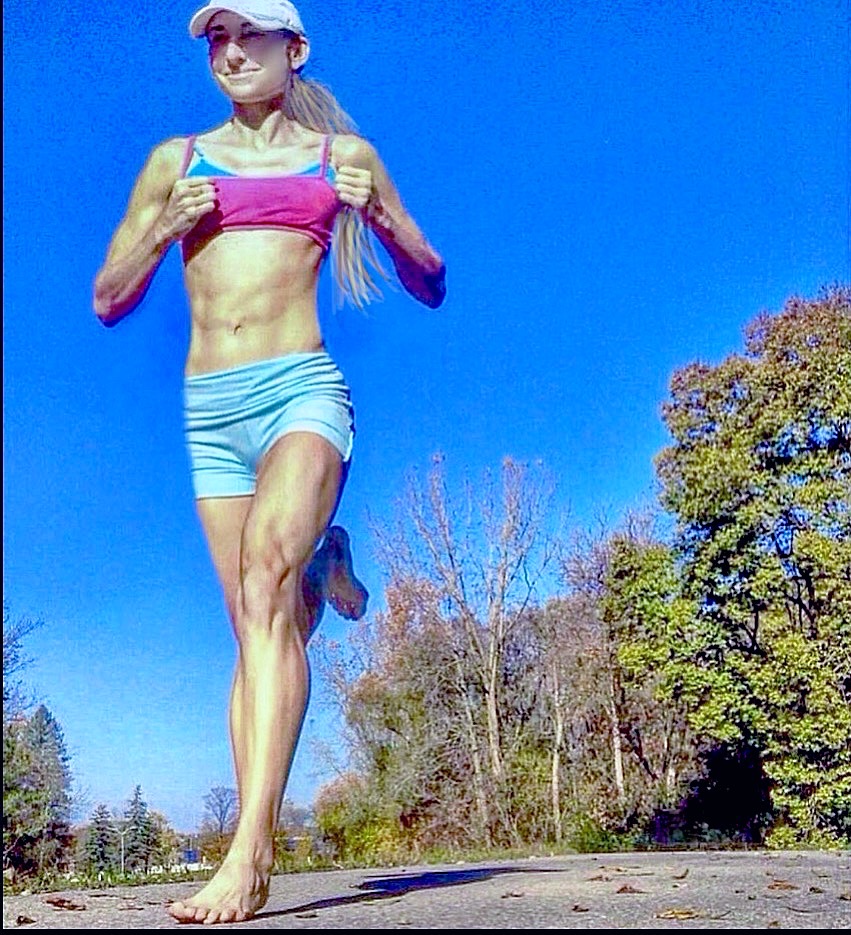
Probably one of the most well-known complicating matters of cushioned running shoes is the raised, thickly padded heel often knocks your forefoot strike off its natural course during running, resulting in an unintended heel strike and other mechanical insufficiencies that over-stress the lower leg. These shoes do this by interfering with ankle plantarflexion at touchdown and instead forces ankle dorsiflexion (forefoot lifting) at touchdown, shown below:
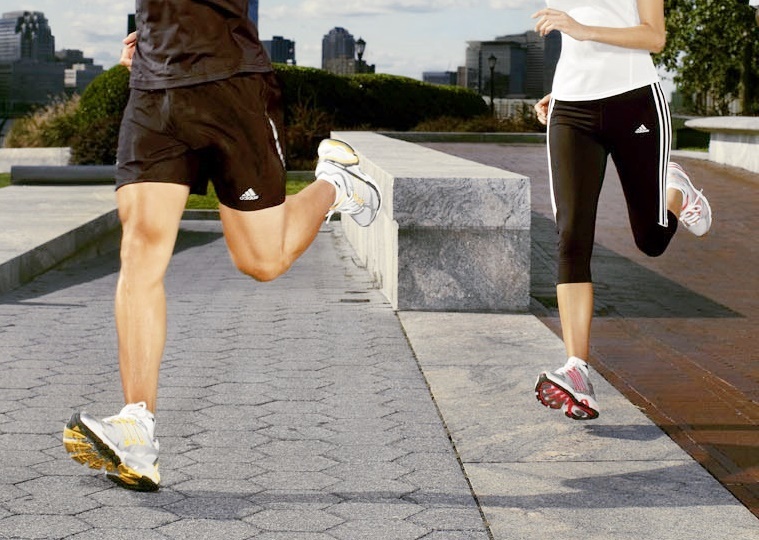
Below are the links to the evidence-based articles listing the injuries related to shod-induced ankle dorsiflexion (heel strike) during running:
- Ankle Ligament Injury
- Plantar Fasciitis
- Foot Discomfort
- High Plantar Pressure
- Hip Injuries
- Achilles Injury
- Falls in Elderly Runners
- Ankle Pain
Here are more examples of how cushioned heeled running shoes contribute to injuries during running:
- Low Gear Ratio, More Braking
- High Balance Failure Frequency
- Heavier Footfall During Running
- Dynamic Stability Impairments
- Increased Tibial Accelerations
- Excessive Overpronation
Even worse, dependence on thickly cushioned, arch-supportive running shoes can quickly weaken and eventually collapse your foot’s aches, simply because the foot’s muscles, tendons, soft tissues and bones are not engaged at a basic level. The consequential outcome of running with weak, flattened feet is over-pronation (i.e. abnormal foot motions) during stance, which increases impact severity, while transferring more bending and twisting strain from the foot up the leg. This is why over-pronation is listed as a well-known risk factor for many common injuries, like Achilles pain, shin splints and runner’s knee.
To give you an idea of the scope of the strength-robbing, arch-collapsing effects of such footwear, one study found that runners who ran in arch-supportive, cushy running shoes showed stark reductions in arch-height immediately after a long distance run, suggesting that such footwear really harms your chances of developing stronger, higher, more powerful arches.
Last but not least, minimalist shoes (shoes that mimic the barefoot-condition) are the next best choice for those wanting to acquire stronger feet, sturdier balance and better running form, but don’t want to go barefoot. The big problem however is that not all minimalist shoes are created equal. Some minimalist shoes have too much cushioning and stiffness to even be considered minimalistic. In fact, below are links to well-written articles showing that certain running shoes marketed as ‘minimalist’ and ‘barefoot-like’ actually have strikingly similar design features and feel as most standard running shoes.
I hope by now its obvious that relying on thickly cushioned running shoes is not the surest way to get you out of injury as the factual conclusions, full of negative results, are enough to raise concerns about the health-harming affects of such footwear. Lucky, ongoing research on barefoot running is providing us with a fuller understanding of how running without shoes produces quieter, more low amplitudes of impact, giving you the best chances at avoiding injury, especially when upping your mileage and intensity. And to some degree, the same advantage remains when you run in minimalist shoes, too!
Speaking of which, below are the true minimalist shoes that are a complete compliment to the shape and function of the human foot that also delivers a similar megadose of sensory input that you get when you’re barefoot. These are the key components that every minimalist shoe should have to keep your leg swing mechanics and reflexes as well as foot strike awareness in an activated, awakened state. This is how you become more skilled at forefoot running!
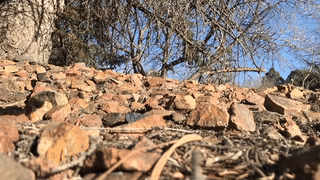
If you’ve enjoyed this post, you’ll love my YouTube channel (here) where I talk more in-depth about the positives of forefoot running vs heel strike running as well as the advantages of barefooting and minimalist footwear.
If you’d like, you can support Run Forefoot and help keep it going by making a donation in any amount of your choosing:

Or, you can support Run Forefoot by shopping at the BEST Barefoot Shoe Brands, and be sure to bookmark these links 🙂
Saguaro: https://www.saguaro.com/?ref=9bVA8fEkmDvB-I
Vibram FiveFingers: https://www.anrdoezrs.net/click-7600968-11372648
Vivobarefoot: https://amzn.to/3vycQOY
Be Lenka: https://www.dpbolvw.net/click-7600968-14330828
Xero Shoes: https://xeroshoes.com/go/Run_Forefoot
Iguaneye: https://www.iguaneye.com/?ref=8tfXVc92
Soft Star Shoes: https://shrsl.com/3mp1b
Wilding Shoes: https://bit.ly/3lIygQP
Bretta Riches
BSc Neurobiology; MSc Biomechanics candidate, ultra minimalist runner & founder of RunForefoot. I was a heel striker, always injured. I was inspired by the great Tirunesh Dibaba to try forefoot running. Now, I'm injury free. This is why I launched Run Forefoot, to advocate the health & performance benefits of forefoot running and to raise awareness on the dangers of heel striking, because the world needs to know.
Latest posts by Bretta Riches (see all)
- Does Foot Strike Really Matter in Running? YES! - 17/04/2024
- Heel Lifts Increase Injury in Runners - 16/04/2024
- Are Minimalist Shoes Good for Seniors? YES! - 14/04/2024
